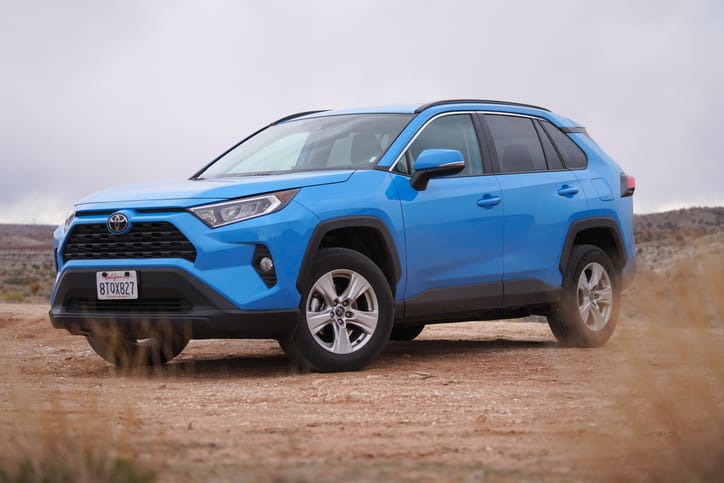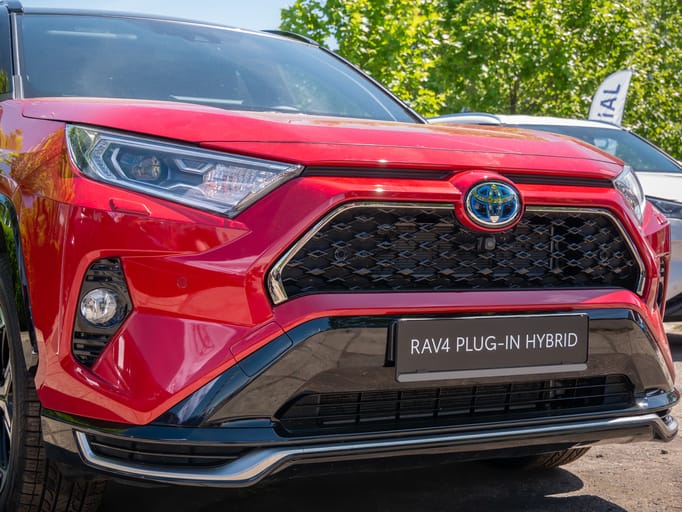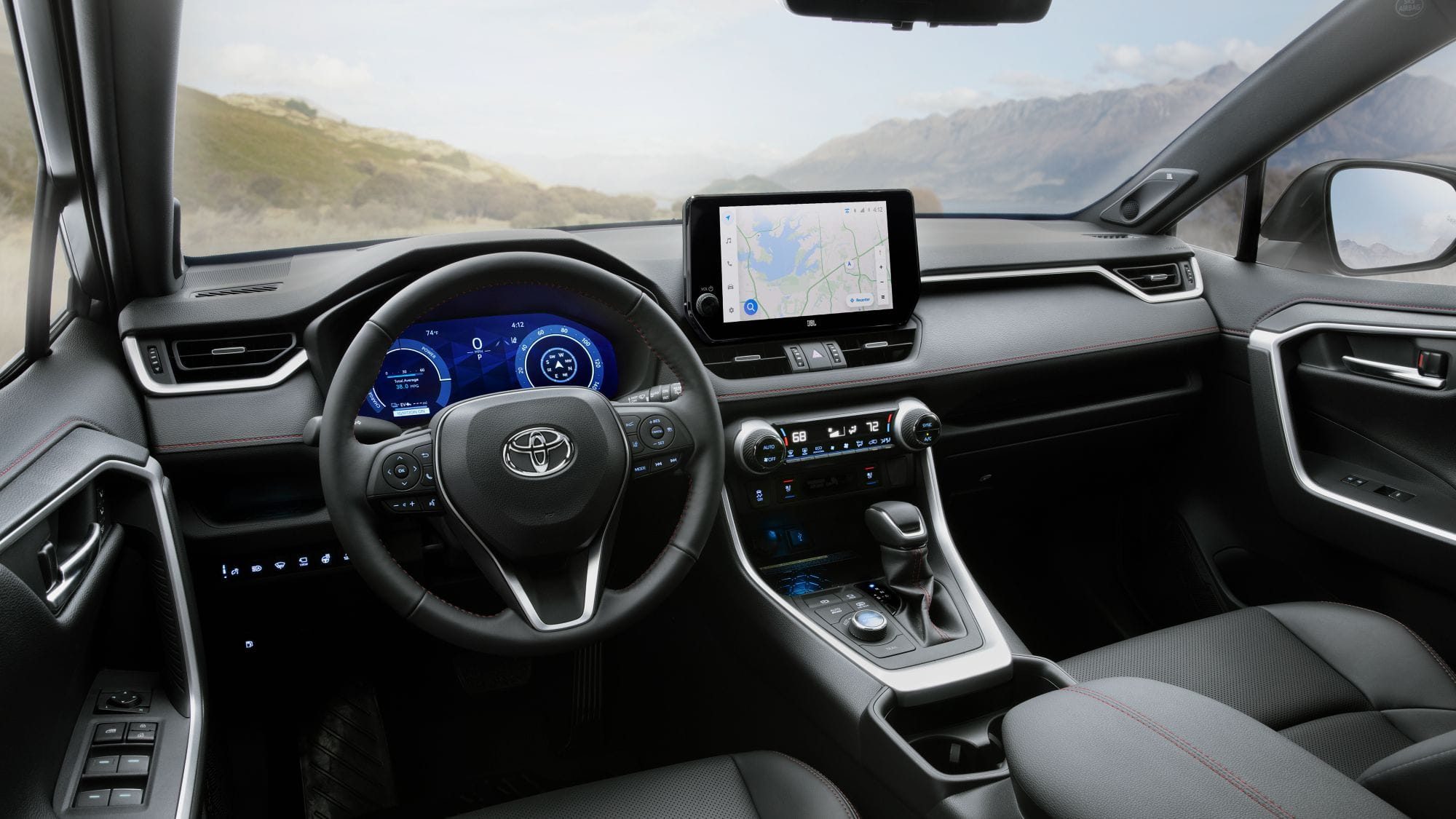Toyota RAV4 EV: A Look Back and a Glimpse into the Future

The Toyota RAV4, a popular compact SUV known for its versatility and fuel efficiency, has a lesser-known electric sibling – the RAV4 EV. Produced in two distinct generations with a gap of nearly a decade, the RAV4 EV carved its niche in the early days of electric vehicles (EVs). While discontinued in 2014, it serves as a testament to Toyota's forays into electrification and offers valuable insights for the future of electric RAV4s.
The Pioneering First Generation (1997-2001)
The first iteration of the RAV4 EV arrived in 1997, a time when EVs were still a novelty. This electric SUV boasted a 67-horsepower electric motor paired with a 27-kWh nickel-metal hydride (NiMH) battery pack. While not speed demons, these early RAV4 EVs offered a respectable range of up to 95 miles on a single charge, making them suitable for daily commutes and errands.
The first-generation RAV4 EV was primarily available for lease in California, a state at the forefront of EV adoption due to its air quality concerns. Toyota partnered with local governments and electric utilities to promote the car and build charging infrastructure. Notably, the NiMH battery employed in this generation proved remarkably durable. Some RAV4 EVs from this era logged over 150,000 miles on their original batteries, showcasing the potential of EVs for longevity.
A Decade-Long Hiatus and the Second Coming (2012-2014)
Following the discontinuation of the first generation in 2001, the RAV4 EV remained absent from the market for nearly a decade. This hiatus coincided with a period of declining interest in EVs due to factors like range anxiety and a lack of charging infrastructure. However, by 2 012, with advancements in battery technology and a renewed focus on environmental sustainability, Toyota brought back the RAV4 EV.

The second-generation RAV4 EV sported a more powerful electric motor delivering 154 horsepower. This, coupled with a lithium-ion battery pack, provided a more extended range of 103 miles. Additionally, the second generation benefited from a sleeker design that better reflected the evolving aesthetics of the RAV4 lineup.
However, the second-generation RAV4 EV also faced limitations. Production was restricted, with only around 2,600 units manufactured. Furthermore, similar to the first generation, it was primarily available for lease in California and to fleets elsewhere in the US. This limited availability meant that the RAV4 EV never quite achieved mainstream success.
The Legacy of the RAV4 EV and the Road Ahead
Despite its discontinuation, the RAV4 EV holds significance for several reasons. It served as a valuable stepping stone in Toyota's exploration of electric vehicle technology. The lessons learned from the RAV4 EV likely informed the development of the highly successful Prius hybrid and future Toyota EV endeavors.
Moreover, the RAV4 EV's legacy extends to its role in promoting EV adoption, particularly in California. By introducing electric vehicles to a wider audience, the RAV4 EV helped build public awareness and acceptance of EVs, paving the way for a more robust electric vehicle market today.

A Glimpse into the Future: Will There Be a New Electric RAV4?
While the RAV4 EV is no longer in production, Toyota has made significant strides in electrifying its lineup. The current RAV4 offers a hybrid option, the RAV4 Hybrid, which combines an electric motor with a gasoline engine for improved fuel efficiency. More importantly, Toyota has introduced the RAV4 Prime, a plug-in hybrid electric vehicle (PHEV). The RAV4 Prime allows drivers to travel extended distances on electric power alone, making it a more versatile and eco-friendly option compared to traditional hybrids.
While Toyota has not officially announced a new fully electric RAV4, the company's commitment to electrification suggests that a future electric RAV4 is a strong possibility. Toyota's investment in battery technology and its growing portfolio of electric vehicles like the bZ4X crossover SUV point towards a potential return of the RAV4 EV.

The future electric RAV4 could benefit from advancements in battery technology, offering a significantly longer range and shorter charging times compared to its predecessors. Additionally, it could leverage Toyota's expertise in all-wheel-drive systems to provide a capable and efficient electric SUV for all types of terrain.
In conclusion, the Toyota RAV4 EV, though discontinued, serves as a historical marker in the evolution of electric vehicles. It represents Toyota's early efforts in EV development and its commitment to a more sustainable future. With the growing demand for electric vehicles and Toyota's continuous investment in electrification, the return of a fully electric RAV4 seems more likely than ever.
